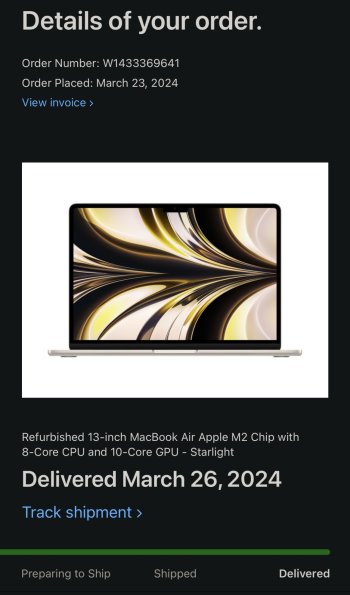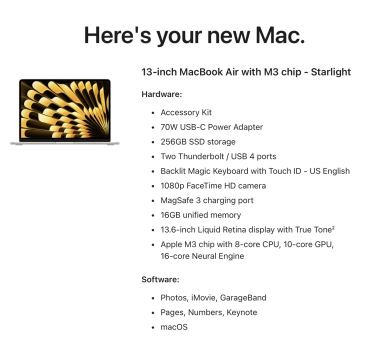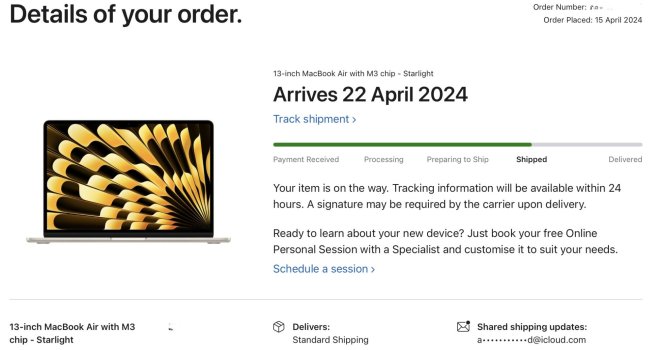Similar to the title, I just got AND refurbished a later Intel MacBook Air for use at my workplace, to take the place of my 2015 Retina 15" MacBook Pro that won't run the latest versions of Slack and Apple Configurator. It's a 2018 Retina MacBook Air in Space Gray, with the standard 1.6 GHz dual-core i5 chip but also with 16 GB of RAM and a 512 GB SSD! When I got it, the stock battery was badly depleted; it could hold a 1% charge when plugged in, but even with that while plugged in, the Air would be VERY sluggish.

I would know this, because after learning I could wipe and revive/reset T2 chip Macs via Apple Configurator (requiring the host Mac has a Thunderbolt 3 port as well), I was able to remove the firmware password and wipe the drive on this Air by hooking it up to my main M1 MacBook Air I had to start bringing in to get work done. (This is another reason why I'm going to use that as my work computer, to have a Thunderbolt 3-enabled Mac handy for the job.) But since it couldn't support external drive booting at first, I had to install the MacOS via Internet Recovery, and due to the bad battery, it was incredibly slow.
Once that was all set, I could boot it into the on-board Recovery Mode and enable external drive booting. I was also pleased to see it didn't have an activation lock or remote management. So with me taking this upcoming week off from my workplace to recharge (no pun intended), I figured I could use the time to take it home to my own little workshop and replace the battery,
At the time I didn't know you could do it without disassembling the logic board (as the iFixit guide says), but I wanted to play it safe anyway.
Me pulling an adhesive strip off the old battery. Indeed, like those guides showed, it wasn't too hard, but it did require a bit of long and firm but gentle tugging until it all came off. And at least I didn't break any of the adhesive strips on the battery, the way I did with the ones under the bottoms of the speakers (but I was able to pry the speakers loose with a spudger and then apply new adhesive strips to take their place).
Me about to swap the dead battery with the new one.
Indeed, it now operates more normally with the new battery installed. I was able to re-install Sonoma using my USB thumb drive installer, just to be on the safe side.
Restoring files via a Time Machine backup. For this one, I chose not to transfer the apps, since I won't need all the digital media apps I generally use, and I also removed any large digital media libraries unnecessary for my job (like my Final Cut Pro library).
The mandatory "About This Mac" shot I take with such older Macs I get and refurbish. Sure, such a dual-core i5 is not much compared to my quad-core i7 MacBook Pros, but for work use it should be more than adequate, and the fact it has 16 GB of RAM is a big plus.
I can even use Universal Control between my main M1 MacBook Air and the 2018 work Air with no fuss!
I'm aware the 2018 MacBook Air may not be able to run MacOS 15 once that comes out later this year, but I should be able to get by with still using Sonoma on it for a while before I decide to give OCLP a shot on it. (Maybe running the newest MacOS via OCLP on the 2018 Air will work better than on the 2015 MacBook Pro.) Regardless, when I go back into work next week, I should be all set for a while!




